Birds
Abney is the only mature mixed woodland in north Hackney and is one of the finest in central London. The diversity and abundance of plants and trees combined with relatively sympathetic management means the cemetery is of great value to birdlife, hosting a wide range of breeding, wintering and migratory species.
Sparrowhawk and Tawny Owl both breed annually, and can be seen throughout the year with luck and patience. There are healthy populations of Great Spotted Woodpeckers (around six pairs), Blackcaps (up to 12 pairs) and Stock Doves (up to 12 pairs), while Green Woodpecker, Chiffchaff, Goldcrest and Coal Tit are also resident / semi-resident in small numbers. Jays, unlike their countryside counterparts, are remarkable showy in Abney.
In autumn, winter and early spring, the cemetery attracts visiting thrushes and finches; of the latter, Lesser Redpoll, Brambling and Siskin are regular visitors in small numbers (with Common Redpoll also recorded, in 2009). In passage periods, expected migrants (again in small numbers) include Willow Warblers, Garden Warblers, Woodcocks and Spotted Flycatchers; rare but near-annual migrants include Pied Flycatcher, Common Redstart, both Whitethroats and even Reed Warbler.
Common Buzzards are annual overhead, with several birds showing interest in putting down (with one doing so in 2008); other flyovers include Kestrels, Red Kites and (extraordinarily) Merlin, while Swifts enjoy the abundance of insect prey in the summer months. Abney attracts more than its fair share of Firecrests, tiny, rare avian jewels particularly fond of ivy-covered tree-trunks; the best times to look for them are April and October, although at least three wintering birds were present 2008/9. Unfortunately, species such as Lesser Spotted Woodpecker, Nuthatch, Bullfinch and Treecreeper are at best extremely rare vagrants in recent years.
Unexpected breeders include Mallard and Canada Goose, despite the lack of any water source within the cemetery, while the inexorable spread of Ring-necked Parakeets and their unmistakable calls are, for better or worse, now a permanent fixture.
Dawn Chorus Recordings:
Bugs and Butterflies
Abney's insects are perhaps the stars of this valuable ecosystem – doing vital work pollinating, breaking down dead wood and being food for other animals!
Though they can be overlooked, once you start looking and listening, especially on hot spring and summer days, you'll see and hear the most wonderful display.
At first you may think the buzzing is all coming from bumble bees, and there are many species of bumble bee pootling around Abney's blossoms.
The Pocota personata looks like a bumble bee but is in fact a hoverfly in bumble costume. Very rare, it was last recorded in London in 1966. Proof of the importance of Abney's veteran poplars, the larvae develop in rot holes high up in old trees.
A genuine bee, and also genuinely scarce, that lives in Abney is the girdled mining bee (Andrena labiata). These are solitary mining bees so they live alone in underground chambers, but many nest next to each other. Girdled mining bees are nationally scarce because they only live in parts of SE England.
Abney is also home to some beautiful and rare moths and butterflies, such as the Adela reaumurella – part of a group of micro moths called longhorns (for obvious reasons). Their larvae feed on dead oak leaves.
There are hundreds more species of crawling, scuttling, burrowing, slithering and fluttering invertebrates all over Abney Park.







